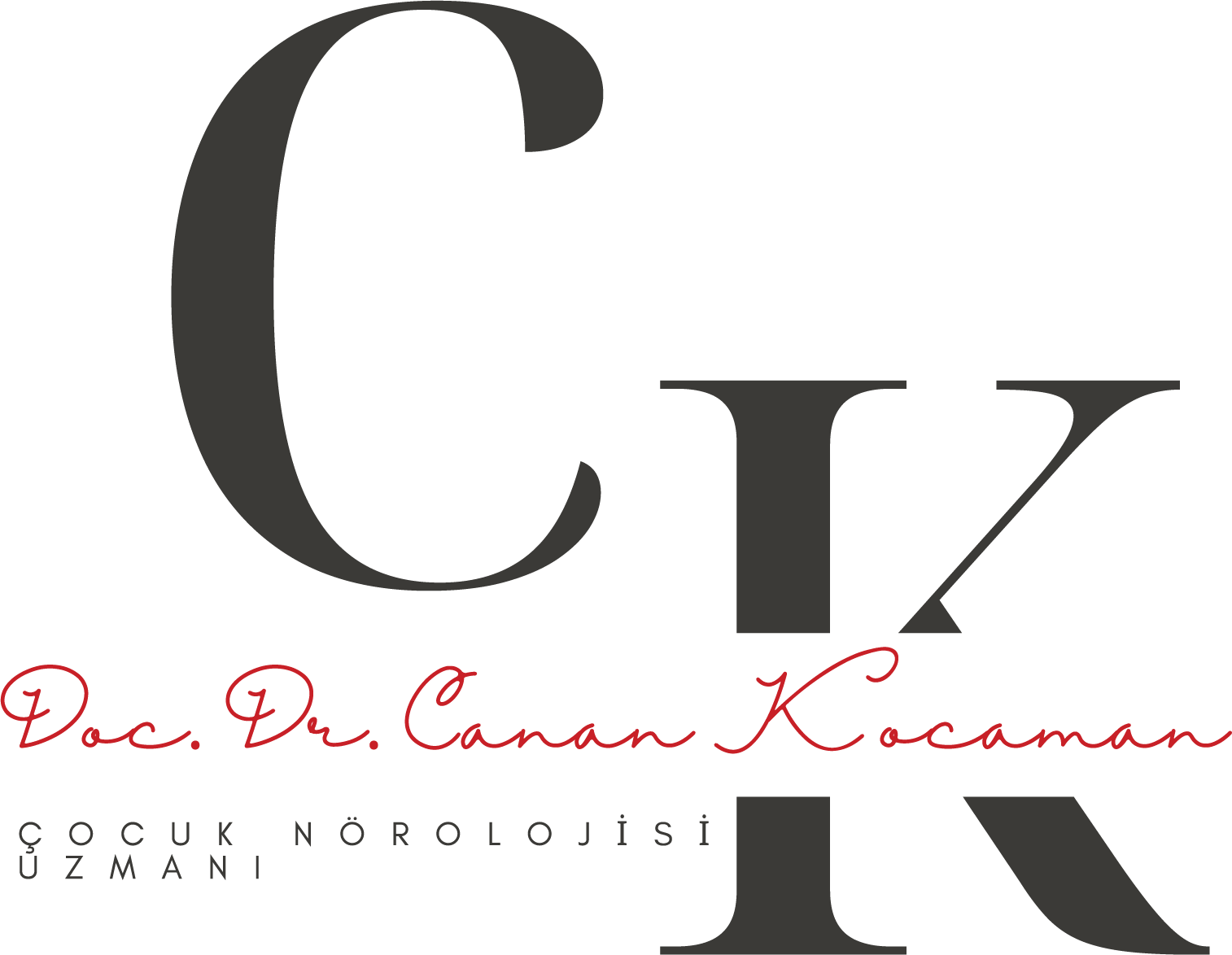It is a motor coordination disorder that is not related to any medical disease. Motor coordination problems have a negative impact on school success or activities of daily living. The cause of this problem is not yet fully understood. The prevalence in the society is between 6-10%. It is 2-3 times more common in boys than in girls. The incidence is much higher in premature babies. As the birth week and birth weight decrease, the incidence increases even more. It is seen in 50% of children born earlier than 32 weeks.
The effect of the problem can be reduced thanks to early diagnosis and early intervention. In the age range of 0 to 3 years, pregnancy and postnatal risk factors and motor development steps, and in the age range of 3-5 years, motor coordination tests are guiding in identifying the problem.
How can parents recognize DD DD in their child?
Symptoms of developmental coordination disorder are very typical and easily recognized. Generally in the 3-5 age range;
Frequent falls, inability to run fast, inability to jump, weakness in hand skills, poor handwriting, inability to tie shoelaces, inability to catch a thrown ball, difficulty in throwing a ball to a specific target, inability to stand on one leg. Some or all of these symptoms may be present.
How does DD DD affects the lives of children and adults?
Children withdevelopmental coordination problems are unsuccessful in sports activities. Poor handwriting due to weakness in hand skills and more dependence on parents in daily tasks (tying shoelaces, putting on and taking off clothes, buttoning buttons) are observed. Failure especially in sports activities causes self-confidence problems. This situation indirectly affects all areas of development negatively. When children who are just discovering their talents are not as successful as their peers in motor movements, this causes serious disappointment.
It causes loss of success in education, especially in math and geometry lessons. Children with developmental coordination disorders will become adults with developmental coordination disorders in the future. For this reason, it is necessary to raise awareness of children's abilities at an early stage and guide them.
How is DD DDD Diagnosed?
If the findings mentioned above are present in the child, a pediatric neurology examination should be performed. The presence of a medical condition that may cause these problems should be investigated. If there is no disease that can cause coordination disorder, developmental coordination disorder should come to mind. This problem is diagnosed with motor coordination tests. The most commonly used test is the “Movement Assessment Battery”. The developmental stages of the child should be carefully examined, risk factors during pregnancy should be investigated and the results of the tests should be examined together with these data. In some cases, visual perception tests and sensory integration tests should be applied in addition to motor coordination tests. Only in this way can the problem causing the coordination disorder be identified.
What are the Early Symptoms of DD DD?
Lagging behind gross motor development steps such as sitting, crawling and walking. Being a loose baby, that is, having less muscle tissue stiffness than it should be. Short crawling time. Sensory sensitivities such as not being able to touch feathery fabrics and fruits are the alarm signs of developmental coordination disorder in infancy. The risk factor increases even more if these findings are present in premature babies or boys.
What are the accompanying problems of DD DD?
In children in this group, attention deficit hyperactivity, sensory sensitivity problems, decreased problem solving ability, lack of self-confidence, low general mood (inability to enjoy games). Sense of direction and body perception problems are more common. Again, in connection with these problems, loss of success in the numerical field is seen.
How is DD DD treated?
Developmental coordination disorder should not be treated as a disease. Because there is usually no underlying medical problem. The coordination problem will always exist in the life of that individual. It is necessary to work on increasing general coordination by identifying the activities that the child is successful and enjoys doing. These activities should be determined by an expert physiotherapist. Because the activity should be difficult enough to improve the child's abilities but easy enough not to decrease self-confidence. Other problems accompanying GID should also be identified and these problems should be supported in the planned play activities.
Sports activities are very useful. Among sports activities, especially swimming stands out. The child, the parents and the physiotherapist should make a joint decision about other sports and the starting time, taking into account the child's interests and current ability.
Since the development of a sense of direction is delayed in these children, traffic education and possible accidents should be particularly focused on.
Treatment is a team work. The follow-up physiotherapist, nuclear family, extended family and school environment should be in cooperation.




